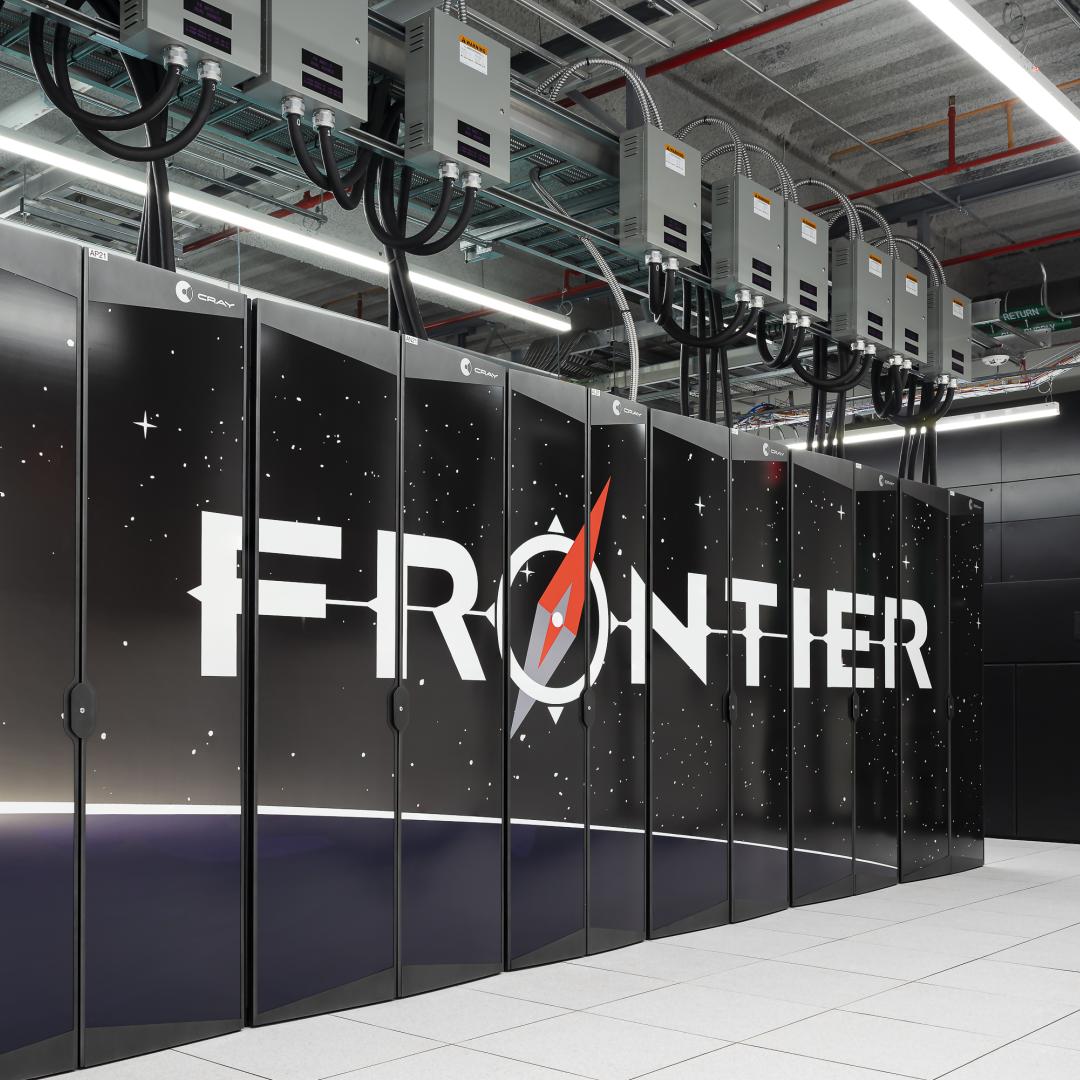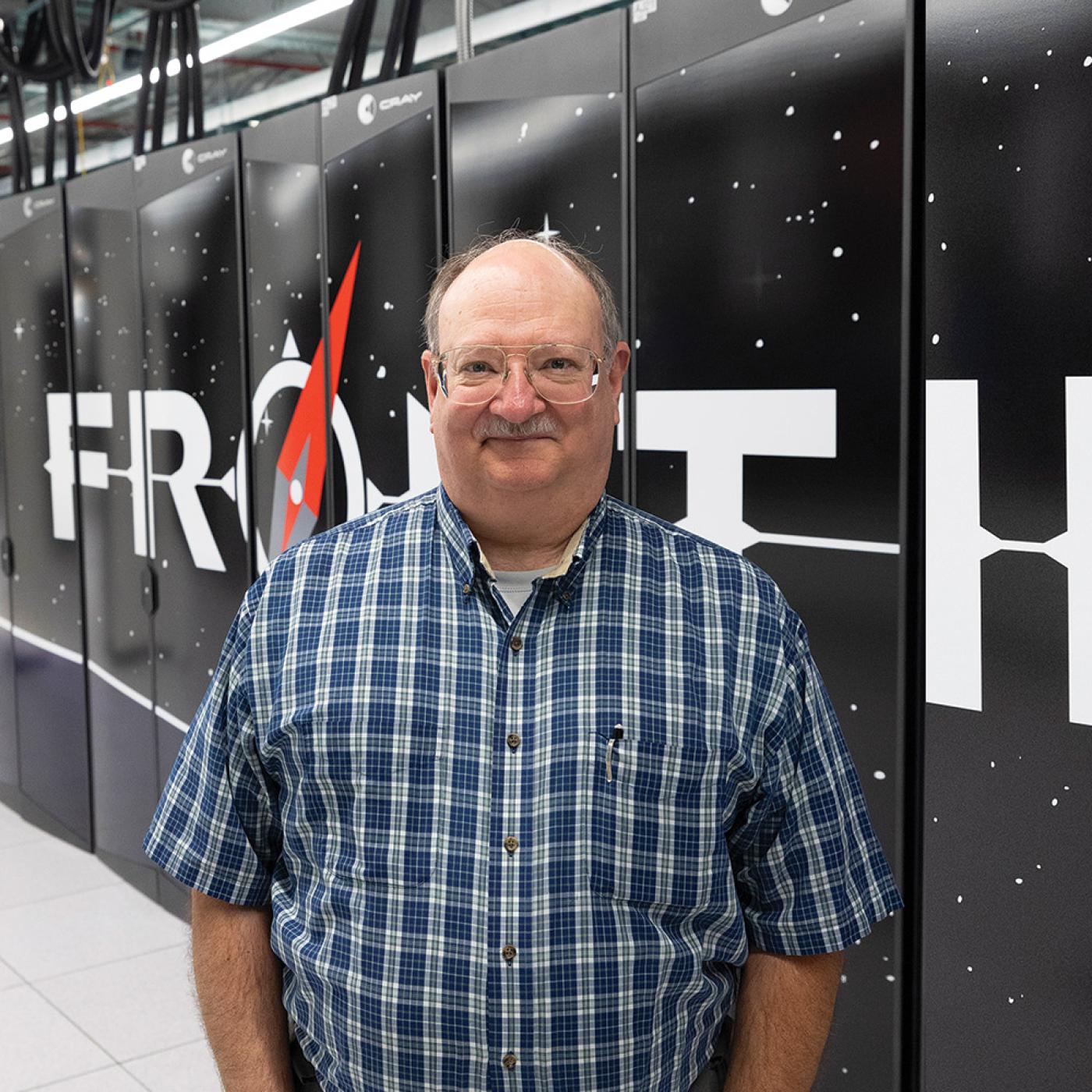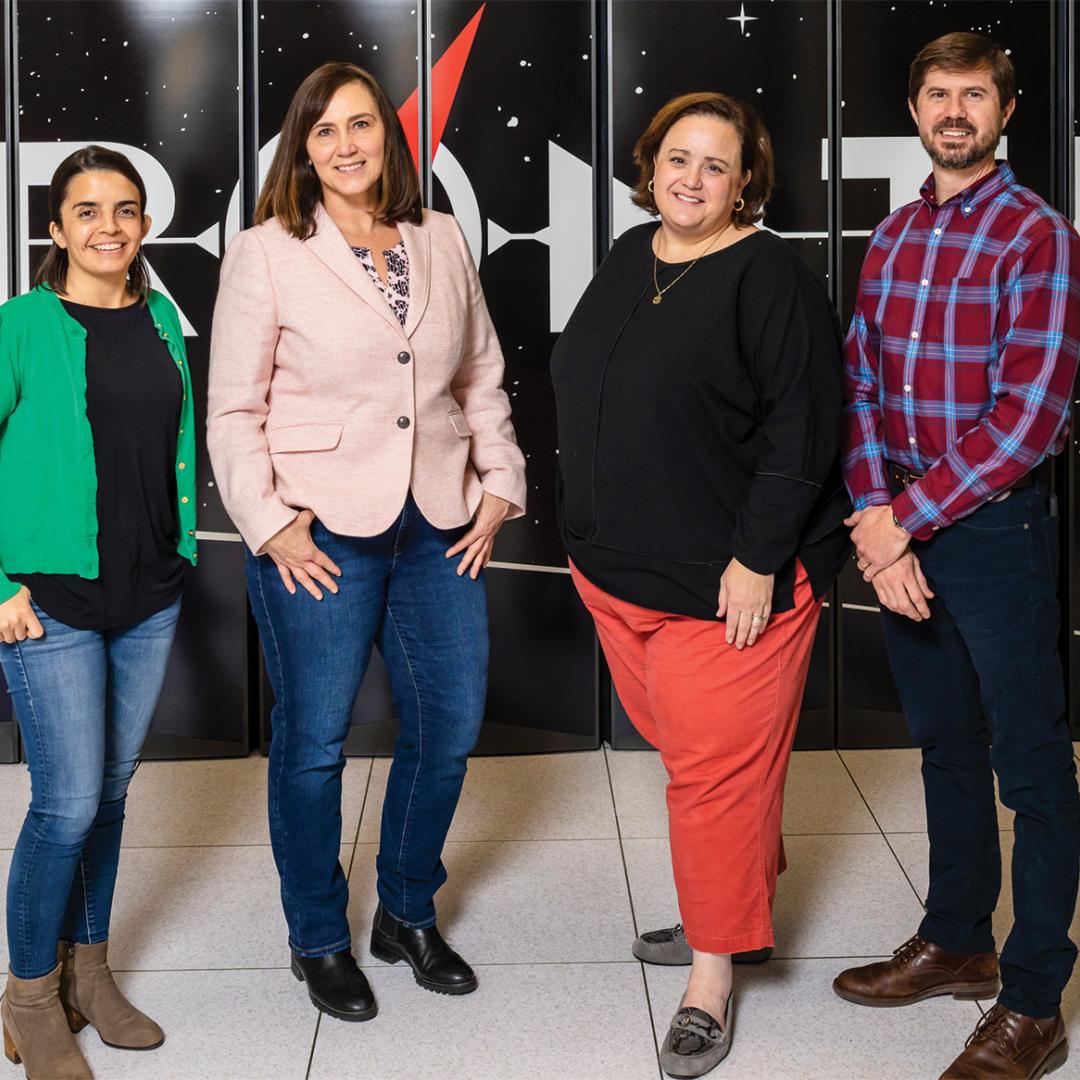Filter Issues
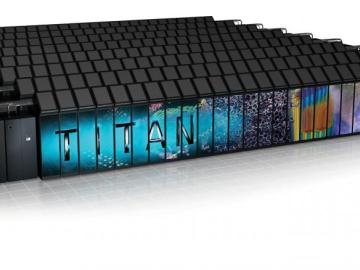
For some researchers, cracking the big questions can be like mining for a lone diamond under tons of solid rock.
In those situations it helps to have a good set of tools, particularly the Oak Ridge Leadership Computing Facility and its Titan supercomputer.
Titan isn’t the facility’s first worl...
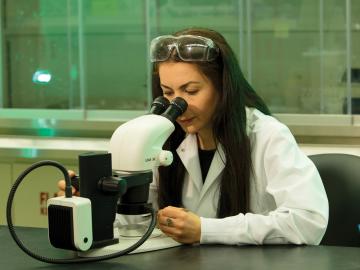
The Dutch physicist Heike Kamerlingh Onnes discovered more than a century ago that elemental mercury can transmit electricity without energy loss, making it the first known superconductor.
The catch was that it had to be very cold—near absolute zero— and while scientists have since discovered or ...

There's a problem with our understanding of the universe: We don't know why it has enough matter to make it interesting.
The Standard Model of particle physics encompasses three of nature's four fundamental forces—all but gravity—yet it tells us the Big Bang should have produced matter and antima...
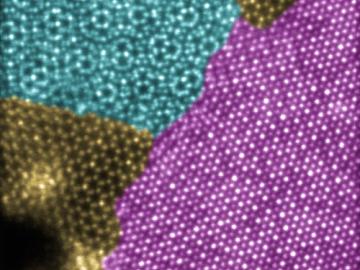
ORNL's Center for Nanophase Materials Sciences and its talented microscopy specialists are uniquely positioned to analyze promising 2-D nanomaterials, from properties such as their electronic conductivity and ability to harvest light to the exact arrangement of their individual atoms.
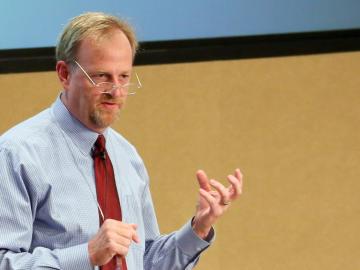
Perhaps no nanomaterial has gotten more attention than graphene, a one-atom-thick layer of carbon that is in many ways the Superman of materials: 300 times stronger than steel, unmatched at conducting heat, so dense that no gas can slip through.
Graphene may also illustrate our accelerating pace ...
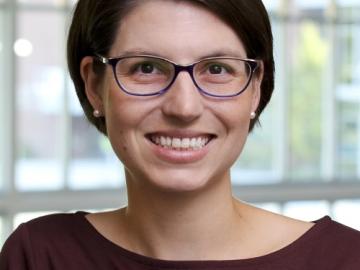
ORNL is proud of its role in fostering the next generation of scientists and engineers. We bring in talented young researchers, team them with accomplished scientists and engineers, and put them to work at the lab's one-of-a-kind facilities. The result is research that makes us proud and prepar...
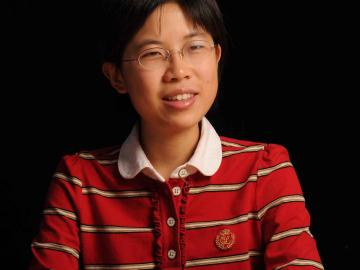
Two-dimensional nanomaterials may be infinitesimally small, but they are a big deal for the chemists and materials scientists who trek to ORNL to study them. One such user is Shengxi Huang.
Huang is a doctoral candidate at the Massachusetts Institute of Technology working with Mildred Dresselhaus...


